Black tea uses life hacks – who knew your morning cuppa could do so much more than just kickstart your day? For centuries, tea has been a staple in cultures around the globe, from the elaborate tea ceremonies of Japan to the comforting afternoon tea traditions of England. But beyond its delicious flavor and social significance, black tea holds a treasure trove of secrets for the savvy home gardener.
I’m always on the lookout for simple, effective, and eco-friendly ways to boost my garden’s health and yield. And let me tell you, discovering the power of black tea has been a game-changer! Are you tired of battling pests, struggling with lackluster soil, or watching your precious plants wither? Then you’re in the right place. This article is packed with easy-to-implement black tea uses life hacks that will transform your gardening game.
We’ll explore how this humble beverage can act as a natural fertilizer, a potent pest repellent, and even a composting accelerator. Get ready to unlock the full potential of your garden with these simple, cost-effective, and surprisingly effective DIY tricks. Let’s brew up some gardening magic!
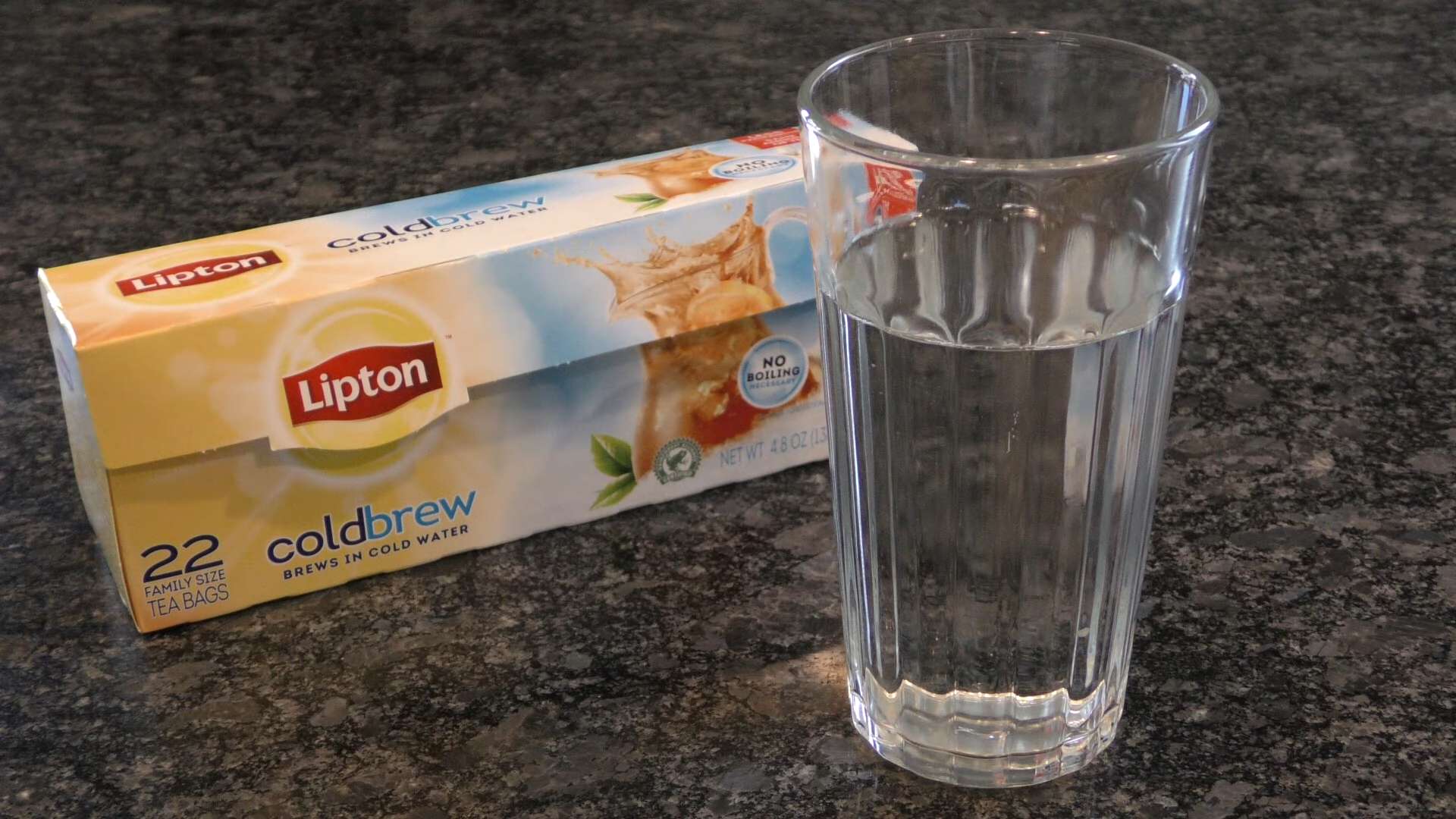
Unlock the Magic of Black Tea: DIY Hacks You Need to Know!
Hey there, fellow DIY enthusiasts! I’m so excited to share some amazing life hacks using something you probably already have in your pantry: black tea! Forget just drinking it; this humble beverage is a powerhouse of possibilities for your home, garden, and even your beauty routine. Let’s dive in!
Deodorizing and Cleaning with Black Tea
Black tea’s tannins are the secret weapon here. They’re naturally astringent and absorbent, making them perfect for tackling odors and even some light cleaning tasks.
Freshening Up Musty Carpets
Is your carpet smelling a little less than fresh? Don’t reach for harsh chemicals just yet! Black tea can help.
1. Brew a Strong Batch: Brew about 4-5 black tea bags in a pot of boiling water. Let it steep for at least 15 minutes to get a really concentrated brew.
2. Cool Completely: This is crucial! You don’t want to soak your carpet with hot tea. Let the tea cool down to room temperature.
3. Strain Thoroughly: Remove the tea bags and strain the tea through a fine-mesh sieve or cheesecloth. You want to remove any tea leaves that could stain your carpet.
4. Spray Lightly: Pour the cooled tea into a spray bottle. Lightly mist the affected areas of your carpet. Don’t saturate it! You just want a light coating.
5. Let it Dry Completely: Open windows or use a fan to speed up the drying process. Make sure the carpet is completely dry before walking on it.
6. Vacuum Thoroughly: Once the carpet is dry, vacuum it thoroughly to remove any remaining tea residue and lift the carpet fibers.
This method works best on darker carpets. Always test a small, inconspicuous area first to make sure the tea doesn’t stain.
Eliminating Fridge Odors
That lingering onion smell in your fridge? Black tea to the rescue!
1. Brew a Cup of Tea: Brew a cup of black tea using one tea bag.
2. Let it Cool: Allow the tea to cool completely.
3. Place in the Fridge: Place the cup of cooled tea, uncovered, in your refrigerator.
4. Leave Overnight: Let it sit overnight (or even for a couple of days) to absorb the odors.
The tea will absorb those unpleasant smells, leaving your fridge smelling much fresher.
Cleaning Wooden Furniture
The tannins in black tea can also help clean and polish wooden furniture.
1. Brew a Weak Batch: Brew a weak batch of black tea using one tea bag in a large cup of water. Let it steep for about 5 minutes.
2. Cool and Strain: Let the tea cool completely and strain it to remove any tea leaves.
3. Dampen a Cloth: Dip a soft cloth into the tea and wring it out so it’s just damp.
4. Wipe Down Furniture: Gently wipe down your wooden furniture with the damp cloth.
5. Dry with a Clean Cloth: Immediately dry the furniture with a clean, dry cloth.
This will help remove dust and grime and leave your furniture with a nice shine. Again, test in an inconspicuous area first!
Gardening Magic with Black Tea
Black tea isn’t just for inside the house; it can also work wonders in your garden!
Acidifying Soil for Acid-Loving Plants
Plants like azaleas, rhododendrons, and blueberries thrive in acidic soil. Black tea can help lower the pH of your soil.
1. Brew Tea: Brew a pot of black tea. You can use old tea bags or loose leaf tea.
2. Cool Completely: Let the tea cool down completely.
3. Water Your Plants: Use the cooled tea to water your acid-loving plants.
You can do this every few weeks to help maintain the acidity of the soil.
Composting Accelerator
Black tea leaves are a great addition to your compost pile. They add nitrogen and help speed up the decomposition process.
1. Collect Used Tea Bags or Loose Leaf Tea: Save your used tea bags or loose leaf tea.
2. Add to Compost Pile: Add the tea bags or loose leaf tea to your compost pile.
3. Mix Well: Mix the tea leaves into the compost pile.
The tea leaves will break down and add valuable nutrients to your compost.
Natural Fertilizer
Used tea leaves contain nutrients that can benefit your plants.
1. Collect Used Tea Leaves: Save your used tea leaves.
2. Dry the Tea Leaves: Spread the tea leaves out on a tray and let them dry completely. This will prevent mold growth.
3. Sprinkle Around Plants: Sprinkle the dried tea leaves around the base of your plants.
4. Work into the Soil: Gently work the tea leaves into the top layer of soil.
The tea leaves will slowly release nutrients into the soil, providing a natural fertilizer for your plants.
Beauty Boosts with Black Tea
Believe it or not, black tea can also be a fantastic addition to your beauty routine!
Reducing Puffy Eyes
Those tannins are back at it again! They can help reduce puffiness around your eyes.
1. Brew Two Tea Bags: Brew two black tea bags in hot water for about 3-5 minutes.
2. Cool Completely: Let the tea bags cool completely. You can even chill them in the refrigerator for a few minutes for extra relief.
3. Apply to Eyes: Place the cooled tea bags over your closed eyes for 15-20 minutes.
4. Rinse with Cool Water: Rinse your face with cool water.
The tannins in the tea will help constrict blood vessels and reduce inflammation, reducing puffiness.
Soothing Sunburns
Black tea can also help soothe sunburned skin.
1. Brew a Strong Batch: Brew a strong batch of black tea using several tea bags.
2. Cool Completely: Let the tea cool completely.
3. Apply to Sunburn: Soak a clean cloth in the cooled tea and apply it to the sunburned area. You can also pour the tea into a spray bottle and mist the sunburned skin.
4. Repeat as Needed: Repeat this process several times a day until the sunburn starts to heal.
The tannins in the tea will help reduce inflammation and soothe the skin.
Darkening Hair Naturally
If you have dark hair and want to enhance its color or cover up a few grays, black tea can be a natural solution.
1. Brew a Strong Batch: Brew a very strong batch of black tea using several tea bags. Let it steep for at least 30 minutes.
2. Cool Completely: Let the tea cool completely.
3. Apply to Hair: Pour the cooled tea over your clean, damp hair. Make sure to saturate all of your hair.
4. Leave On: Leave the tea on your hair for at least an hour. You can wrap your hair in a towel to prevent dripping.
5. Rinse with Cool Water: Rinse your hair with cool water. Do not shampoo.
Repeat this process once or twice a week to gradually darken your hair. The results will be subtle, but it’s a natural and gentle way to enhance your hair color.
Other Clever Uses for Black Tea
The versatility of black tea doesn’t stop there! Here are a few more ideas:
Tenderizing Meat
Marinating meat in black tea can help tenderize it. The tannins in the tea break down the proteins in the meat, making it more tender.
1. Brew a Strong Batch: Brew a strong batch of black tea.
2. Cool Completely: Let the tea cool completely.
3. Marinate Meat: Marinate your meat in the cooled tea for at least 30 minutes, or up to several hours.
4. Cook as Usual: Cook the meat as you normally would.
Cleaning Mirrors and Glass
Black tea can also be used to clean mirrors and glass.
1. Brew a Weak Batch: Brew a weak batch of black tea.
2. Cool Completely: Let the tea cool completely.
3. Pour into Spray Bottle: Pour the cooled tea into a spray bottle.
4. Spray and Wipe: Spray the tea onto your mirrors or glass and wipe clean with a soft cloth.
The tea will help remove streaks and leave your mirrors and glass sparkling clean.
Removing Rust
The tannic acid in black tea can help dissolve rust.
1. Brew a Strong Batch: Brew a strong batch of black tea.
2. Cool Completely: Let the tea cool completely.
3. Soak Rusty Items: Soak the rusty items in the cooled tea for several hours or overnight.
4
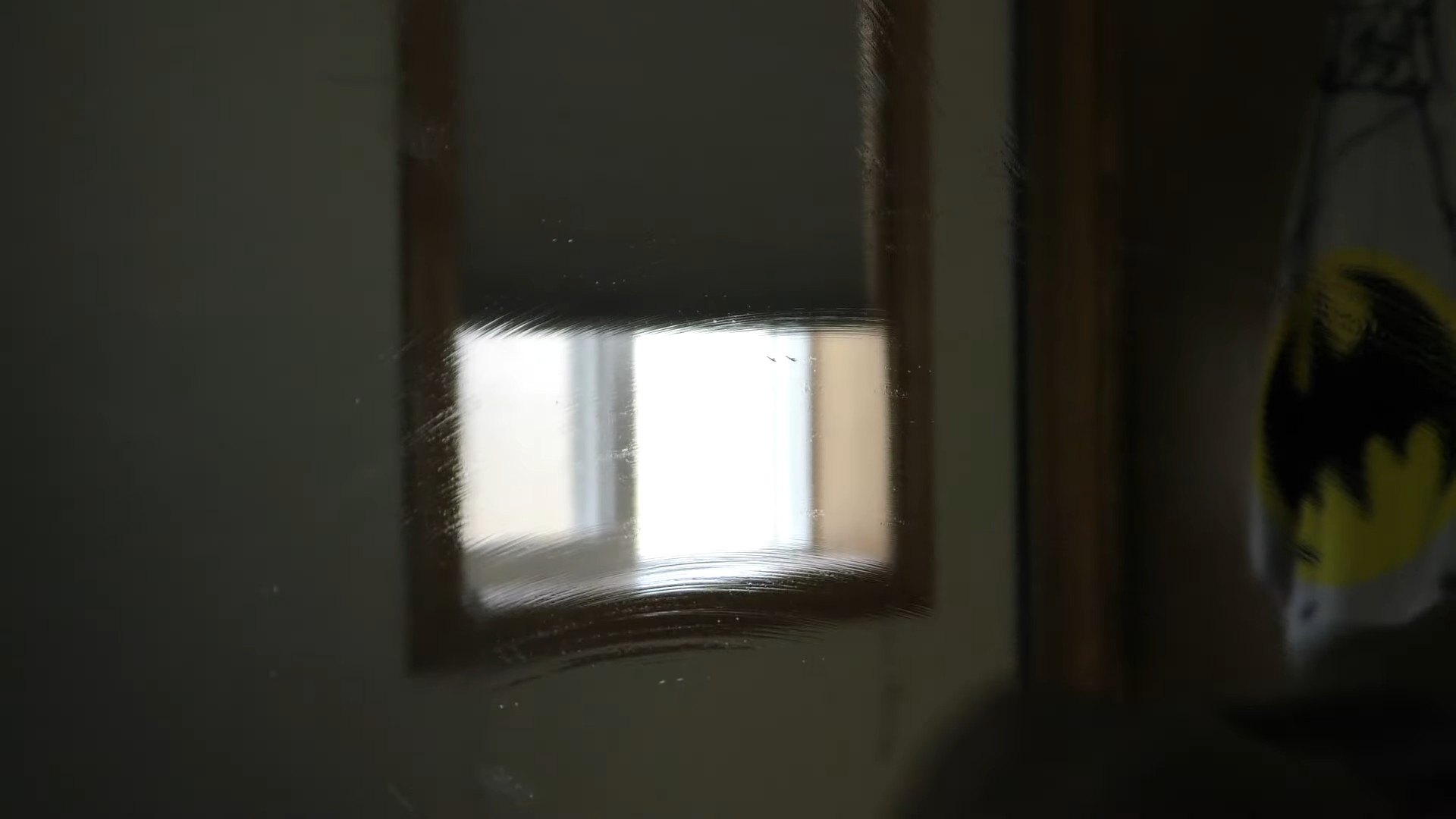
Conclusion
So, there you have it! Transforming your everyday black tea bags into powerful, versatile tools is not just a clever trick; it’s a game-changer. From revitalizing tired skin to banishing unwanted odors and even adding depth to your culinary creations, the possibilities are truly astounding. This isn’t about replacing your favorite products entirely, but rather about unlocking the hidden potential within something you likely already have in your pantry.
Why is this DIY trick a must-try? Because it’s economical, sustainable, and surprisingly effective. In a world increasingly conscious of waste and the impact of our consumption, repurposing black tea bags offers a simple yet significant way to reduce, reuse, and recycle. Plus, the natural tannins and antioxidants in black tea provide benefits that many commercial products simply can’t match. Think of it as a natural, cost-effective boost for your home and body.
But don’t stop there! Experiment with variations to tailor these hacks to your specific needs and preferences. For example, if you’re using black tea bags to soothe sunburn, try adding a few drops of lavender essential oil to the cooled tea for an extra calming effect. Or, if you’re using them to deodorize your refrigerator, consider adding a sprinkle of baking soda to the tea bag for enhanced odor absorption. The key is to be creative and find what works best for you.
This black tea uses life hack is a testament to the power of resourcefulness. It’s a reminder that often, the most effective solutions are the simplest and most readily available. We encourage you to embrace this DIY approach and discover the many ways that black tea can enhance your life.
Now, it’s your turn! We’re confident that once you try these black tea hacks, you’ll be amazed by the results. Don’t be afraid to experiment, adapt, and personalize these techniques to suit your unique needs. And most importantly, share your experiences with us! We’d love to hear about your successes, your challenges, and any new and innovative ways you’ve found to use black tea bags. Let’s build a community of resourceful individuals who are passionate about unlocking the hidden potential of everyday items. So go ahead, brew a cup of tea, save the bag, and get ready to be amazed!
Frequently Asked Questions (FAQs)
1. Are all types of black tea suitable for these DIY hacks?
Generally, yes. Most commercially available black tea bags will work effectively for these DIY applications. However, it’s best to avoid tea bags that contain artificial flavorings or additives, as these could potentially interfere with the desired results. Opt for plain, unflavored black tea for the purest and most effective results. Organic black tea is always a good choice to minimize exposure to pesticides.
2. How long can I store used black tea bags before using them for these hacks?
It’s crucial to handle used tea bags properly to prevent mold growth. Ideally, you should use them within 24-48 hours. After brewing, squeeze out excess water and store the tea bags in an airtight container in the refrigerator. If you plan to store them for longer, consider drying them completely in a dehydrator or a low-temperature oven before storing them in an airtight container. Discard any tea bags that show signs of mold or discoloration.
3. Can I reuse the same black tea bag multiple times for different hacks?
While you can technically reuse a tea bag, it’s generally recommended to use a fresh tea bag for each application to ensure optimal effectiveness. The potency of the tea diminishes with each use, so a fresh bag will provide the strongest concentration of tannins and antioxidants. However, for less demanding tasks like fertilizing plants, you can certainly reuse a tea bag that has already been used for another purpose.
4. Are there any potential side effects or precautions I should be aware of?
Black tea is generally safe for topical use, but it’s always a good idea to perform a patch test before applying it to a large area of skin, especially if you have sensitive skin. Simply apply a small amount of the cooled tea to a discreet area of your skin and wait 24 hours to check for any adverse reactions, such as redness, itching, or irritation. Also, be mindful that black tea can stain fabrics, so take precautions to protect your clothing and surfaces when using it for cleaning or dyeing purposes.
5. Can I use black tea bags to treat more serious skin conditions like eczema or psoriasis?
While black tea may provide some soothing relief for minor skin irritations, it’s not a substitute for professional medical treatment. If you have eczema, psoriasis, or any other serious skin condition, it’s essential to consult with a dermatologist for proper diagnosis and treatment. Black tea can be used as a complementary therapy, but it should not be relied upon as the sole treatment.
6. How do I prevent black tea stains when using it for cleaning or dyeing?
To minimize the risk of staining, always test the black tea solution on an inconspicuous area before applying it to the entire surface. For cleaning, wipe up any spills immediately and rinse the area thoroughly with clean water. When dyeing fabrics, use a mordant (a substance that helps the dye adhere to the fabric) to improve colorfastness. Common mordants include salt, vinegar, and alum.
7. Can I use black tea bags to fertilize all types of plants?
Black tea bags are generally safe for most plants, but they are particularly beneficial for acid-loving plants like azaleas, rhododendrons, and blueberries. The tea leaves add nutrients to the soil and help to lower the pH level, creating a more favorable environment for these plants. Avoid using tea bags on plants that prefer alkaline soil, such as lavender and rosemary.
8. How often should I use black tea bags to fertilize my plants?
You can add used tea bags to your compost pile regularly, or you can bury them directly in the soil around your plants every few weeks. Be sure to remove the staples from the tea bags before adding them to the soil or compost. You can also brew a weak tea solution and use it to water your plants.
9. What are some other creative ways to use black tea bags that weren’t mentioned in the article?
The possibilities are endless! You can use black tea bags to:
* Create a natural hair rinse to add shine and darken hair.
* Make a soothing bath soak for tired muscles.
* Deodorize shoes by placing dried tea bags inside them.
* Add flavor and moisture to grilled meats by placing a tea bag on the grill.
* Create a natural wood stain for small projects.
10. Where can I find more information and inspiration for using black tea bags in DIY projects?
There are countless online resources, including blogs, websites, and social media groups, dedicated to DIY projects and sustainable living. Search for “DIY black tea hacks” or “repurposing tea bags” to find a wealth of information and inspiration. Don’t be afraid to experiment and share your own discoveries with the community!

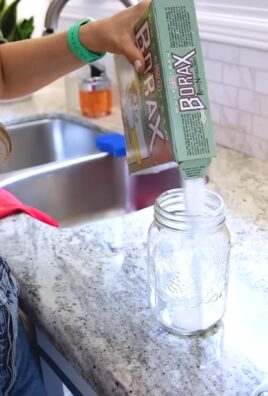
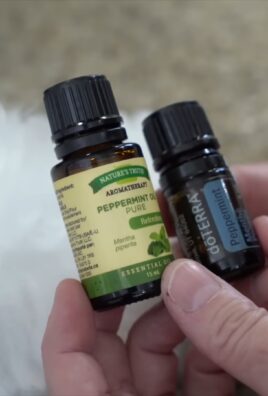
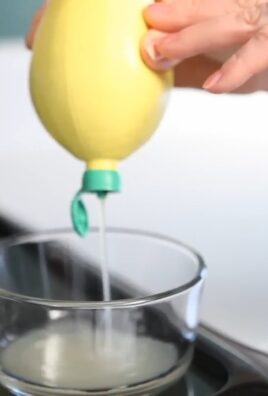
Leave a Comment